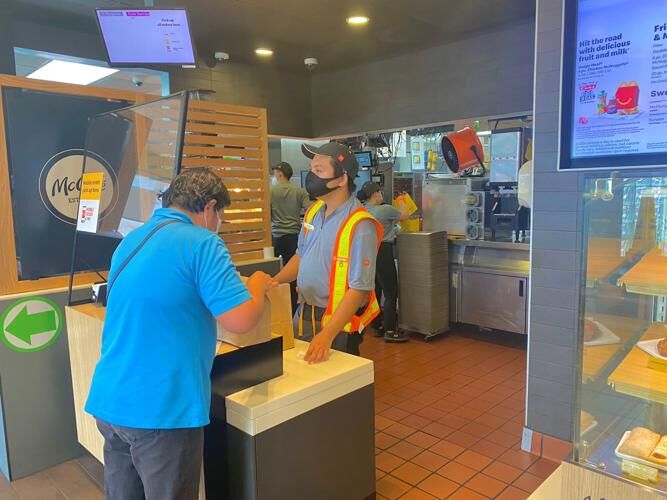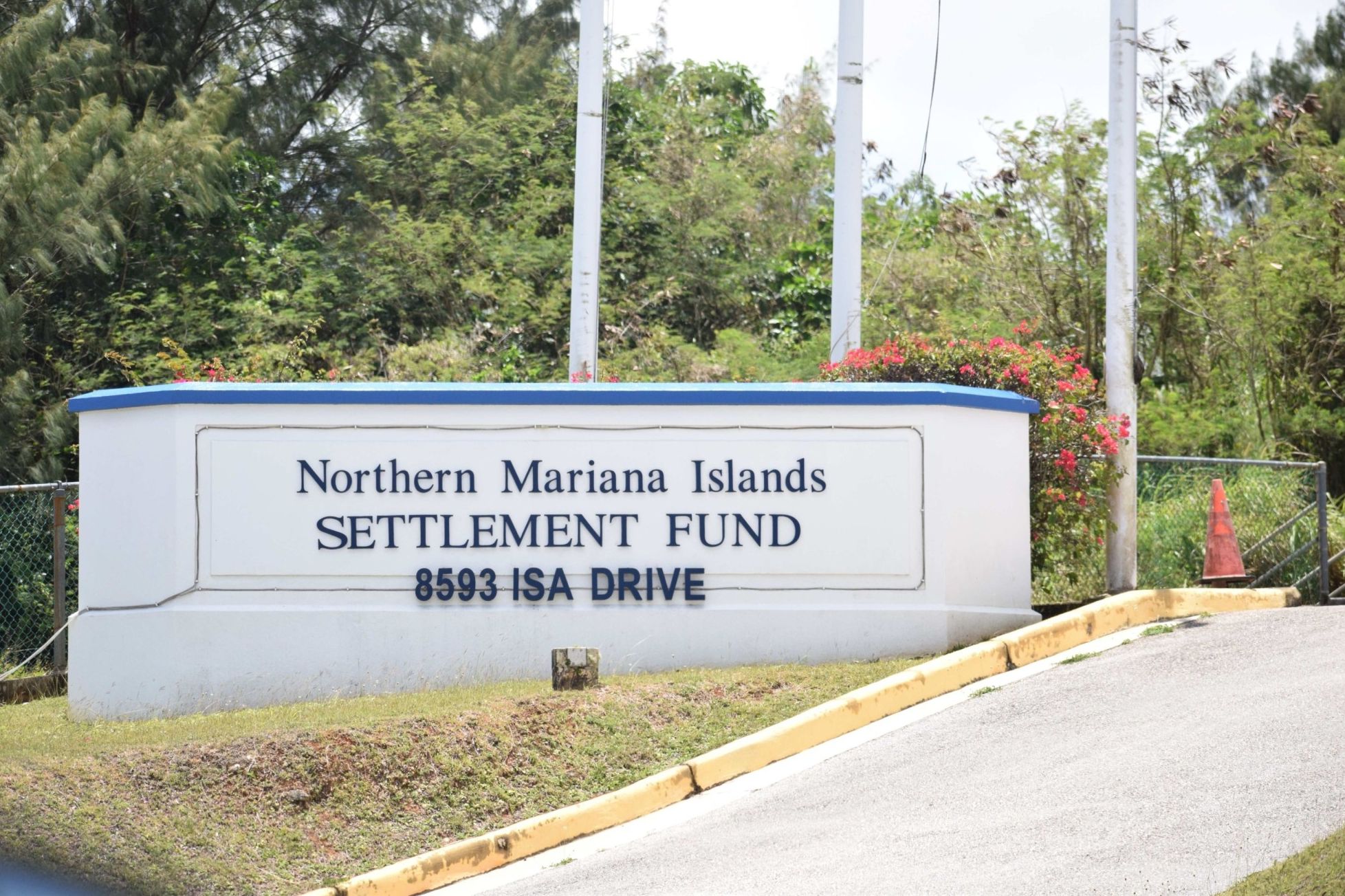HAGÅTÑA (The Guam Daily Post) — The unemployment rate on Guam dropped to 4.8% in June, according to the latest report released from the local Bureau of Labor Statistics.
According to the governor’s office, which announced the news, the rate represents the “lowest” unemployment has gone since the start of the Covid-19 pandemic. It’s also a signal “that the post-pandemic economic recovery has taken hold,” the governor’s office stated in a press release.
It attributed the improvement to “concerted efforts to revitalize the economy” that increased jobs on island.
“The June 2022 unemployment rate of 4.8% is 14.6 points below the peak rate of 19.4% in December 2020, when unemployment rose in the U.S. overall due to the Covid-19 pandemic,” the governor’s office said in the release.
Gary Hiles, the island government’s chief economist, said Guam’s economic recovery has “accelerated substantially” in recent months.
“Tourism and construction are on the upswing. Statistical indicators of this are increased government of Guam revenue receipts, increased tourist arrivals, increased employment, increased average number of hours worked, increased average weekly wage and declining unemployment rates,” Hiles said.
‘Skewed’
But there’s more to the unemployment rate than meets the eye.
Mary Rhodes, president of the Guam Hotel and Restaurant Association, said several factors must be considered when taking the unemployment report as an indicator of Guam’s economic recovery.
“First of all, we need to recognize, with the unemployment report, that total population has gone down. For two reasons, one, total population in general is down, so it’s very difficult to compare it to prior years because the total population is down, but also the total working population is down. When you still have 50,000-plus residents not working or not wanting to work, that number has increased,” Rhodes said.
Although she agreed unemployment is down for those who want to work, she said there are a number of people not accounted for in the report.
The report, Rhodes said, is “skewed because the numbers that they are considering in their formula and how Department of Labor recognizes unemployment, it’s based on jobs available, based off of people who are working. And so the large number that’s glaring is really the 50,000 people who are not working and are not interested in working. That’s not part of that (unemployment) formula,” she said.
The tourism industry is made up of sectors such as hospitality, services, accommodation and food services, as well as manufacturing, transportation, wholesale and retail. The whole industry took a heavy hit during the pandemic as travel came to a halt, resulting in many losing their jobs.
“But historically, tourism has been counted only in the services sector (of the report,) which used to be 18,890 in 2019 in tourism for hotel and restaurant food services jobs,” she said, later adding, “In 2022, we are still at 15,340, so that’s down by 18.79% just in the food services.”
The governor’s office highlighted an increase in the total number of payroll jobs by 2,130; a boost in private sector hourly earnings by $1.07, going from $16.06 to $17.13 year over year; and an increase of nearly $74 in weekly earnings, from $551.77 to $625.74. The average number of hours worked per week in the private sector also increased from 34.3 to 36.5.
But the downward trend in unemployment on island isn’t a reflection of the current state of the island’s largest industry and revenue stream, Rhodes said.
“I think that it depends on which economic recovery you’re talking about. Overall, seeing a surplus in the government, it’s a good indicator for where we are at, but that’s only because of all the federal dollars, the government jobs that were increased, which is over a thousand jobs, have increased in the government, as well as construction jobs,” she said. “But if you’re talking about the largest employer, which is the tourism industry, it’s still down.”
On the new jobs referenced in the release, she said, “those new jobs and job creation has only been a benefit from the government of Guam and the construction trade industry. They’ve grown with over 2,200 jobs during the pandemic. But tourism, which is Guam’s largest sector, it’s still down.”
Rhodes did acknowledge there has been growth in the tourism industry thus far.
“We’ve grown from year to year, so, I would say, it does show from prior year a slight growth — so the indicators are showing and that’s because of the recent (Local Employer Assistance Program).”
The aid initiative, also known as LEAP, required that 60% of the funding had to be used on labor, which meant rehiring tourism workers across the private sector.
“They had to rehire people into the workforce in order to use up their forgivable loan program. For tourism, overall, we are still down from 2019, … but if you look compared to last year, there is an increase of 3.18% from prior year. So, yes, that’s an indicator that the tourism industry, together with construction and government, overall, the economy is improving, so we have seen a slight growth from 2021,” Rhodes said.
Factors
The number of visitors coming back to Guam, as well as how quickly they arrive and how much they spend while on island, are key for the tourism industry when comparing to the record-breaking commerce seen in 2019 – before Covid-19 took hold of global travel, according to the GHRA president.
“To really rebound and for us see true economic recovery, we need arrivals to increase at a faster rate,” Rhodes said. “Our recovery has been a slow recovery and, unfortunately, it’s been to other markets with the slow progress that has been made by Korea and Japan. Right now they’re reopened, but we have a couple other factors that are affecting us as well, like the (value of the yen), but also Japan doing domestic tourism.
Per-day spending by tourists also needs to “normalize,” Rhodes said.
“Right now, they’re spending less than prior years,” she told the Post. “Right now, we’ve seen indicators be negatively impacted, so it really has been a slow recovery.”
Decreased spending power brings fewer tourists seeking getaways to Guam. That translates to less revenue for businesses and the local government, which, in turn, impacts the ability of employers to staff back up to pre-pandemic employment levels in the tourism industry, and affects available funding for agencies such as the Guam Visitors Bureau.
“It’s just not going to happen. Overall, the key indicators need to be arrivals first, and that’s down by 93% since 2019,” she said. “Since 2021, we are only seeing about 8% growth from what we saw the prior year. So we have not seen the numbers.”
If improvement is not seen in the key indicators, local businesses will continue to feel the pressures of remaining operational and open.
“But thanks to programs like LEAP, where businesses have had some types of forgivable loan program which labor was 60%, you’re seeing business get the help they need to help address those issues while they’re still experiencing a very slow return. So, as we continue to feel this overall impact to our economy, the tourism industry will continue to struggle,” Rhodes said.

A customer gets his order at McDonald’s in Harmon, Guam on Oct. 1. Despite gains in tourist arrivals and a decline in the island’s unemployment rate, an industry official said other indicators show that the island’s economic rebound has a long way to go.











